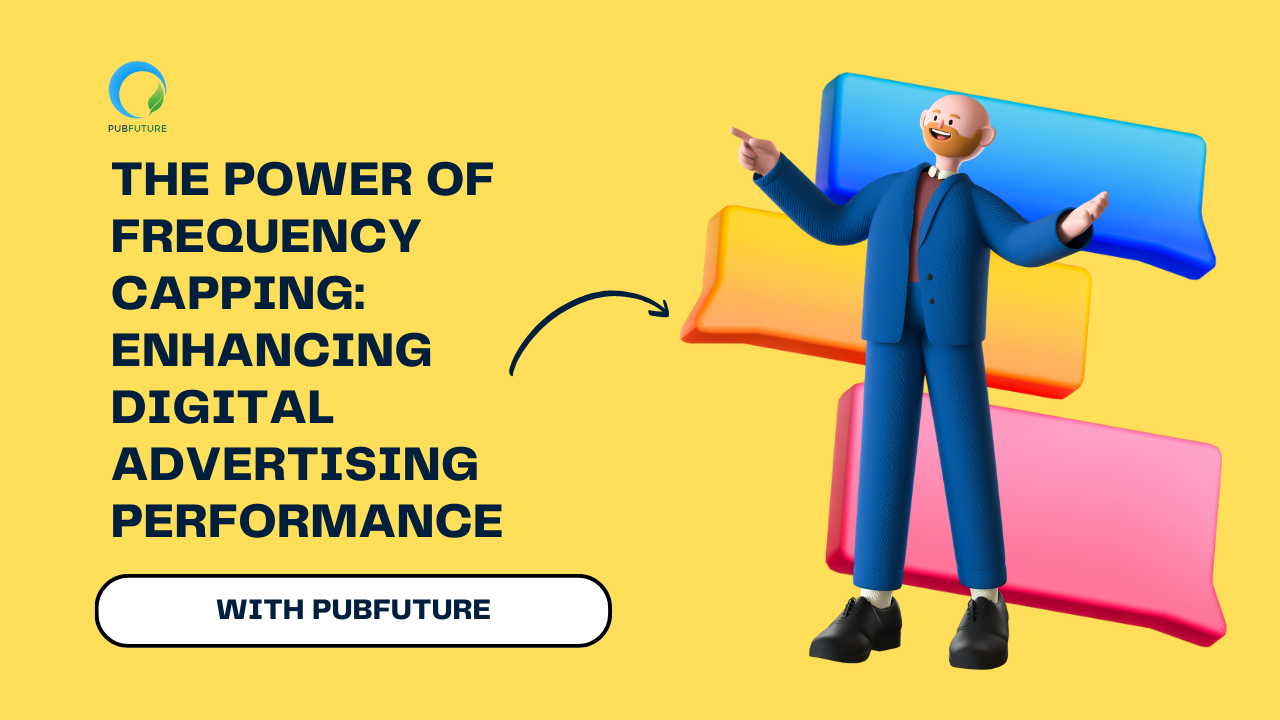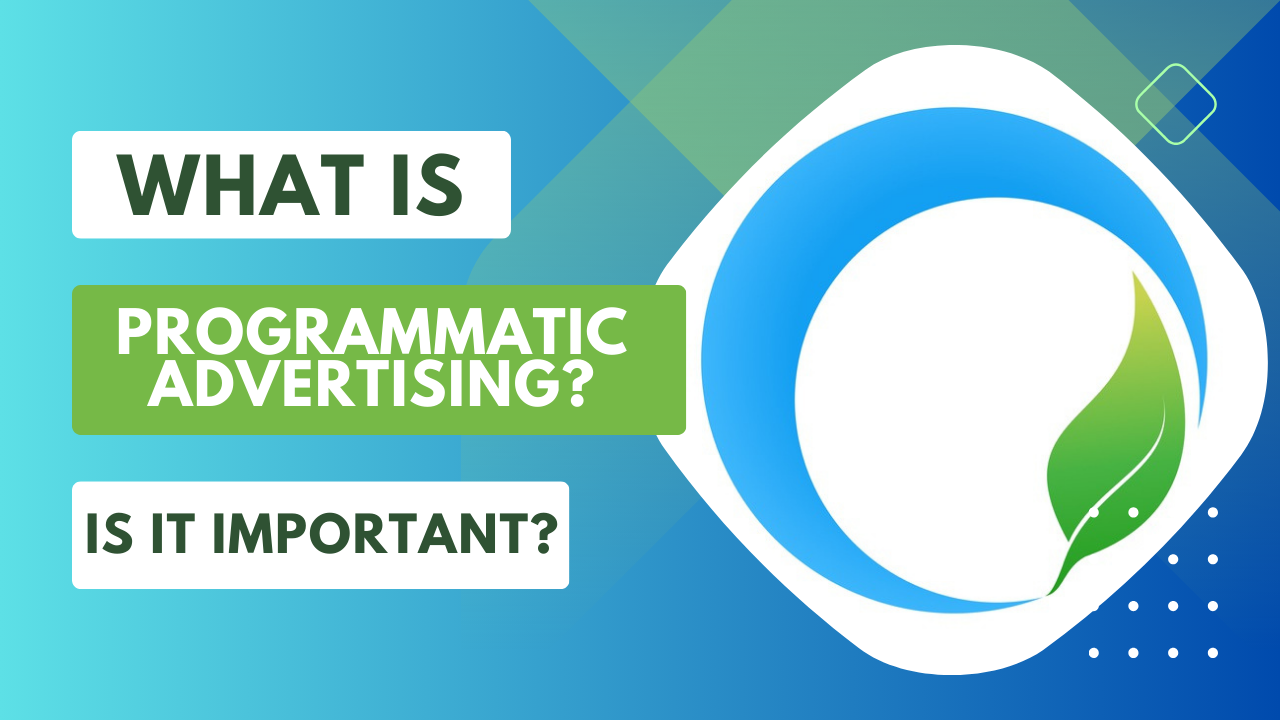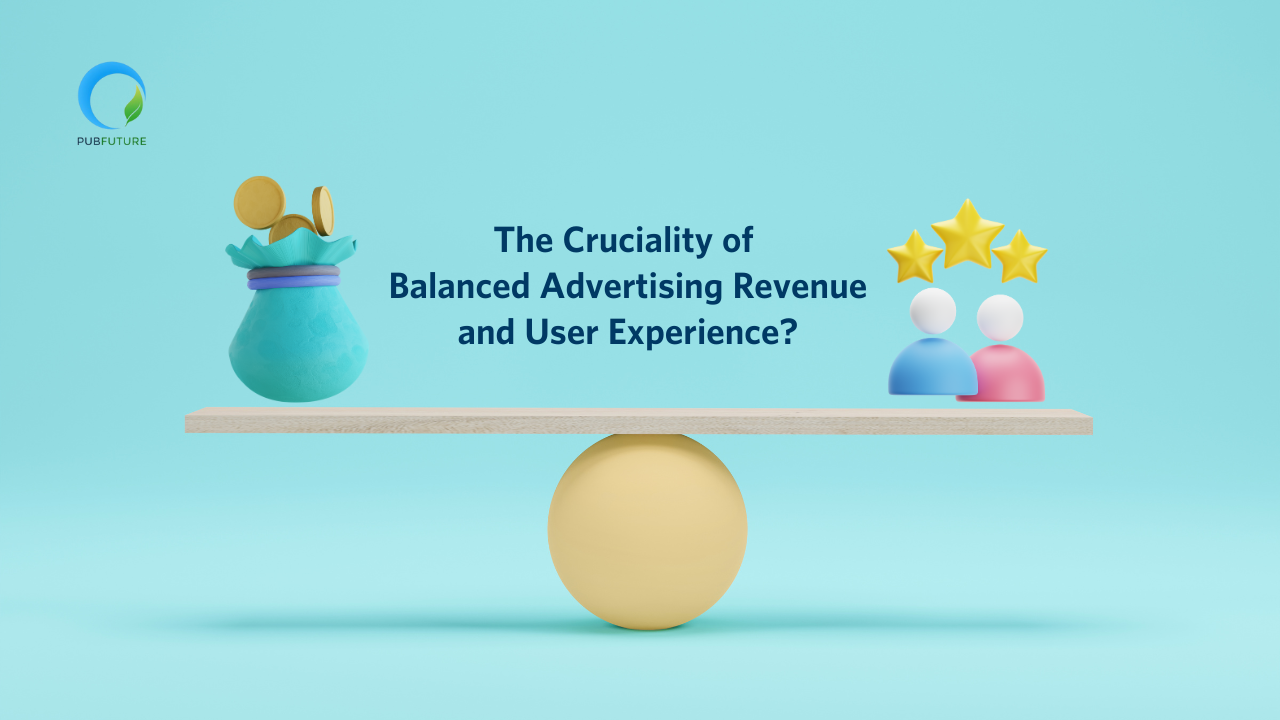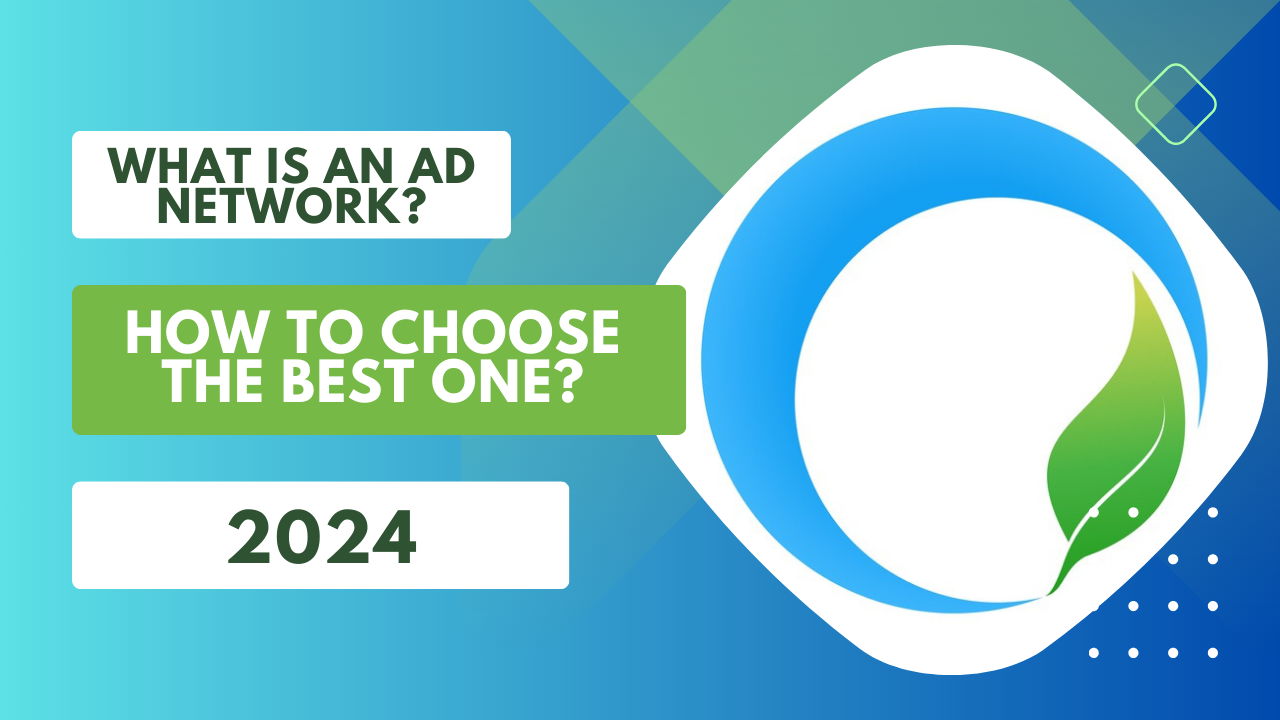An advertisement’s frequency capping in advertising campaigns refers to how many times a consumer sees the same ad within a specific period.
By setting an advertising frequency, we can effectively reach audiences, maintain brand consistency, prevent annoying ads, and save money for the advertiser.
What is Frequency Capping?
Google Ads allows advertisers to set a frequency cap for their display and video campaigns. This means that advertisers can limit the number of ad-showing times to each member of their audience. Setting a frequency cap of 3 impressions every 24 hours means a person can only see the ad a maximum of three times in a day.
For display campaigns, frequency capping restricts the number of times an individual user can see the campaign’s impression.
For video campaigns, a frequency cap restricts how often a person views a video ad. It can be set for different periods like daily, weekly, monthly, or a mix of these. However, it can only be adjusted at the campaign level.
The purpose of frequency capping is to prevent overexposure of the same ad to a user. It can be seen as intrusive and negatively impact the campaign’s click-through rate (CTR).

What are the Advantages of Frequency Capping?
There are several advantages to using frequency capping in digital advertising. Let’s delve into a few of them.
Maximizing Return on Investment (ROI)
Frequency capping is a crucial strategy to optimize the Return On Investment (ROI) of any digital advertising campaign. By limiting the number of times a single user sees or interacts with an ad, it prevents users who have already been exposed to the ad from being overwhelmed by repetitive messages.
This ensures only users who are more likely to convert are targeted, thereby increasing the likelihood of conversions and ultimately yielding a higher ROI. For instance, if you are promoting a new product, implementing frequency capping can prevent users who are already familiar with or interested in the product from being bombarded with the same message repeatedly. Instead, it allows to focus on reaching those who have not yet seen your ad and are more likely to make a purchase.
Improve User Experience
Frequency capping plays a crucial role in enhancing user experience. Restricting the number of ads prevents users from being overwhelmed with excessive ads or repeatedly encountering the same ad. This results in a more pleasant and less disruptive viewing experience for users.
Increased Ad Effectiveness

Restricting the number of times a single user views or engages with an advertisement can enhance its effectiveness. By setting a limit on exposure, the ad stands out amidst the multitude of other ads and messages, preventing its message from getting lost. This limited exposure ensures that users are more likely to pay attention to the ad, thereby increasing its impact. Moreover, frequency capping prevents users from becoming immune to your ads over time, allowing them to stay engaged with each new impression and increasing the likelihood of taking action.
Preventing ad blindness
When there’s no frequency cap or ad rotation, the same ad keeps popping up repeatedly. This can lead to ad blindness or ad fatigue, where people start ignoring the ad altogether. As a result, the click-through rate drops, and valuable ad space goes to waste. However, by implementing a frequency cap or rotating multiple ads in the same location, you can ensure fresh content and reduce ad blindness. Ultimately, this helps boost click-through rates.
Tips for Implementing Frequency Capping in Your Digital Advertising Strategy
Want to learn how to effectively implement frequency capping in your digital advertising strategy? Check out these useful tips!
Determining Your Ideal Reach and Frequency Level
The level of display and video campaigns should be carefully considered by analyzing the reach and frequency. Reach refers to the total number of unique viewers who see your ad. While frequency is the average number of times they are exposed to it on a platform. It is ideal to have a high reach with a low frequency, meaning that many people see your message without overwhelming them. For example, reaching 1 million people with an average of 1 ad impression per person.
To determine the ideal reach and frequency for your campaign, analyze data from previous campaigns to establish a benchmark. Take into account factors such as campaign goals and budget limitations when making this decision. You can also use a reach and frequency calculator to find the optimal frequency level for your campaign.
Monitoring Performance
After determining the ideal reach and frequency level, it’s time to establish a frequency cap. When setting a frequency cap for a display campaign, the platform used, and the budget. It’s important to regularly monitor to ensure you achieve the desired reach and frequency for your campaign.

Another aspect to consider in frequency capping is the duration of ads before pausing or disabling it. Timeframe can vary to several weeks, depending on the campaign’s goals and the ad’s performance during that period. By analyzing historical data and metrics and other performance indicators, you can determine the time to pause or disable ads.
Additionally, it is important to consider the duration of the ads pausing or disabling. This timeframe can vary from a few days to several weeks, depending on the objectives of your ad campaign and the performance of the ad. By analyzing historical data and metrics and other performance indicators, you can determine the appropriate timing to pause or disable an ad.
Setting Your Frequency Cap
When establishing a frequency limit for a display campaign, take into account various factors, including the duration of the campaign, the platform utilized and the allocated budget. It is crucial to regularly monitor the set frequency limit to ensure the reach and frequency for your campaign.
Things to Avoid While Implementing Frequency Capping

When implementing frequency capping, it is important to avoid some common mistakes. Firstly, do not set the frequency cap level too low. Setting it too low can limit your reach and reduce the effectiveness of your campaigns. Instead, start with a moderate blanket frequency cap and adjust as needed based on user engagement metrics.
Secondly, do not treat all audiences the same when implementing frequency capping. Different segments may require different levels of exposure for an ad to be effective. Tailor each campaign accordingly to ensure users are exposed to the ads enough without becoming tired.
Thirdly, remember to consider mobile devices when setting frequency capping ads. Mobile devices have smaller screens, so set the frequency cap low enough to avoid bombarding users with ads. Lastly, regularly review ad spending and adjust your frequency capping strategy. Ad fatigue can happen quickly, so monitoring user engagement metrics is important to identify.
By following these tips, advertisers can implement frequency capping effectively without limiting reach or effectiveness. Frequency capping is a powerful tool for protecting both advertisers and consumers, providing an optimal experience for all parties involved in digital advertising.










